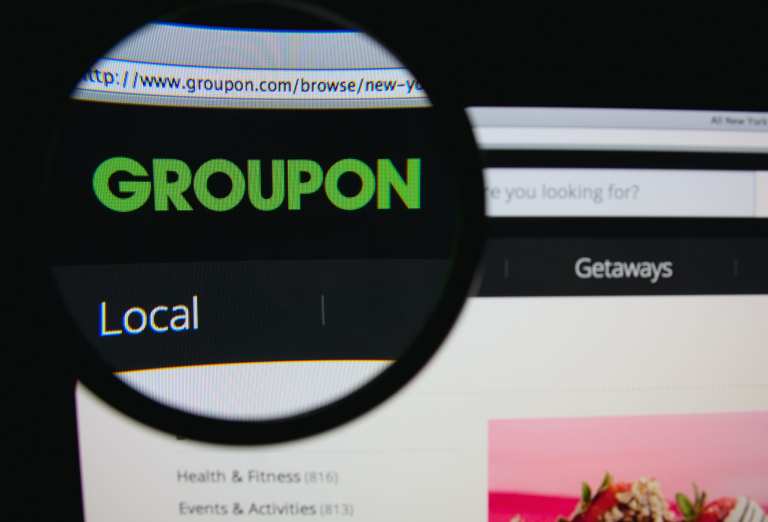And as the 2010s were reaching their halfway mark, the retail landscape was already starting to look quite different, and flash sale sites found themselves behind the times. The first and most obvious change was that the economy eventually started to improve — which dimmed customer enthusiasm for deep discounts. And that enthusiasm was further dimmed when there were less impressive items offered on sale to choose from on the sites.
Mass market retailers, seeing the opportunity, began beefing up their own resale and discounted goods methods rather than hand off their overstock to flash sites — meaning there was suddenly less high-caliber merchandise available. And because the model was easily imitated, the above problem was exacerbated by the fact that scores of niche flash sale sites began popping up all over the web — meaning those few rare and lucky bargain finds were becoming increasingly diffuse across sites and harder to find.
Some flash sites began pivoting, and orienting their offerings around local services and experiences as well as super-discounted items, but even that approach ran into issues. Local merchants rapidly became disenchanted with offering their services on the platform flash sites offered. What they found is that flash sites often proved to be a good way to bring customers in once — with a heft discount — but that that “getting to know you” visit didn’t translate into a long-lasting relationship.
And by 2015, the headwinds that has been buffeting the segment as a whole actually began blowing players right off the board. Some, like Gilt, were bought out, while others simply folded.
But Groupon, nearly unique in the assemblage, managed to survive — though not without difficulty. It has acquired many of its competitors in the flash field over the years, most notably its main competitor in the daily deal arena, LivingSocial, three years ago. But its market cap has declined by nearly 90 percent since going public in 2011 as the firm as worked hard to reposition itself away from flash deals and more as an eCommerce player focused on leisure, entertainment and local attractions.
“Our goal is making experiential travel more accessible and bookable for consumers,” Louisa Balach, North America general manager of Groupon Getaways, said noting that Groupon’s 29 million or so North American Consumers most persistent request from the platform over the last several years is to be able to leverage it more often as a potential source of value in booking travel.
Advertisement: Scroll to Continue
It is why Groupon is rolling out a new partnership with travel industry connector DerbySoft to increase the available supply of rooms customers can view and directly book via Groupon. The deal was attractive to Groupon, notes Balach, because of the additional options it allows the eCommerce portal to offer its consumers. To date, Groupon currently features 40,000 hotels and resorts in the U.S. and around the world through its Groupon Getaways North America.
“Over the last year Groupon has increased its bookable inventory on the site by 12 percent. We hope to increase that number dramatically via our new partnership with DerbySoft, which currently has partners arrangements with 10 global hotel groups not to mention hundreds of regional hotel chains.”
Travel, of course, is a difficult place to stage a turnaround, given the market’s already rather crowded and competitive nature. But Groupon’s theory is that it doesn’t need to win travel to be boosted by it. Groupon’s pivot over the last several years has been in refocusing its efforts on local merchants and services. If it can take that customer base, and continue tapping into it even if they’re on the road, the incremental sales could give the site the momentum it needs.
And given that Groupon survived where so many others fell, it doesn’t seem outside the range of possibility that it could find a way to thrive if it can get its pivot play to work.




